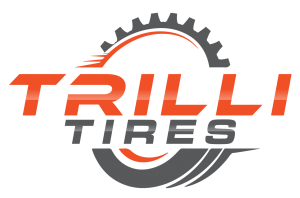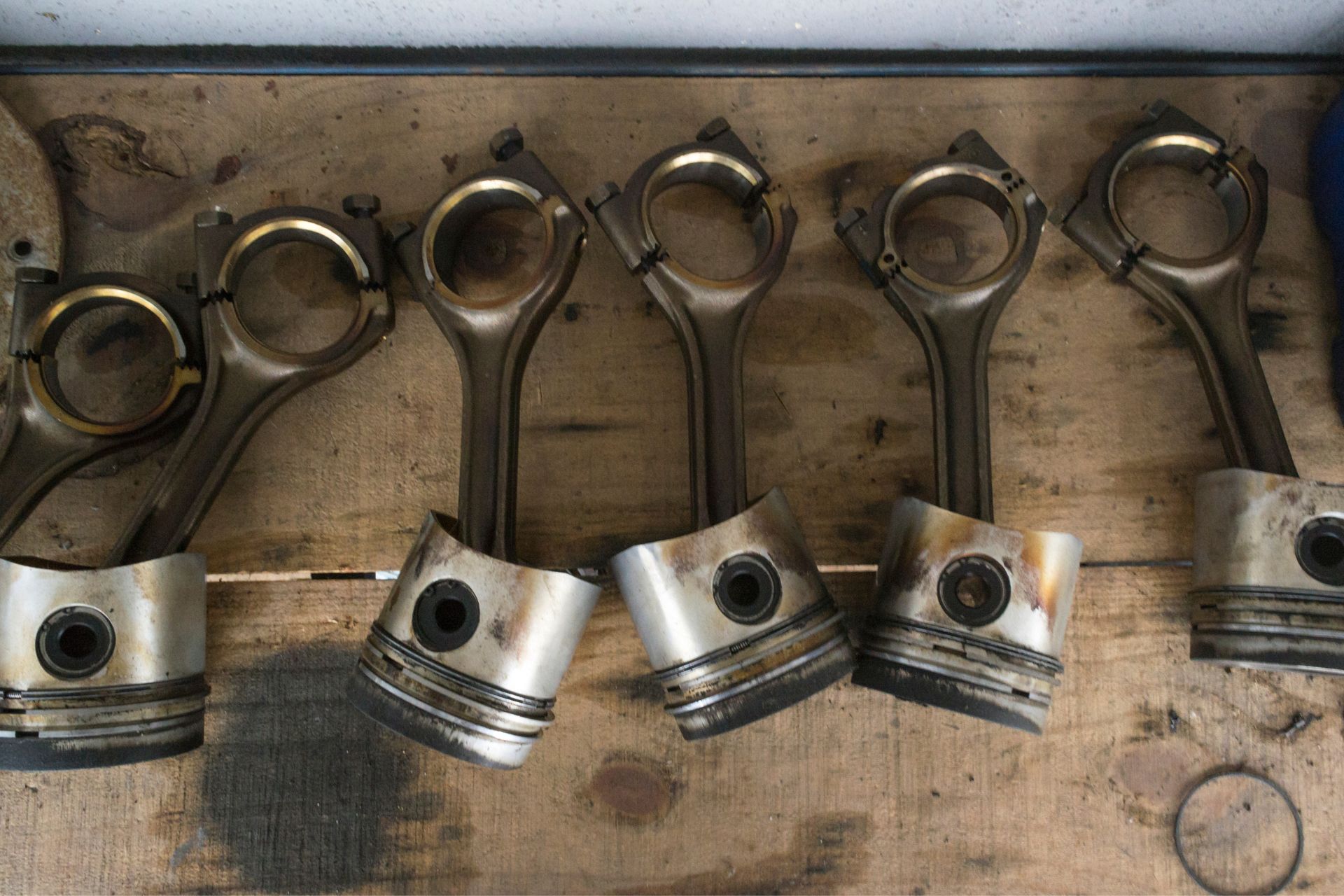Why Tire Rotation Matters
Tires are one of the most critical components of a vehicle, providing traction, stability, and safety. Over time, uneven wear patterns develop due to factors such as drivetrain layout, road conditions, and driving habits. Regular tire rotation helps distribute wear evenly, extending tire life and optimizing performance.
Understanding Tire Wear Patterns
Tires do not wear at the same rate on all four wheels. The differences in load distribution, braking forces, and steering angles create distinct wear patterns.
Front-Wheel Drive Vehicles
In front-wheel-drive (FWD) cars, the front tires bear most of the vehicle’s weight and handle acceleration, braking, and steering. This leads to rapid tread wear on the front tires, especially on the edges.
Rear-Wheel Drive Vehicles
For rear-wheel-drive (RWD) vehicles, the rear tires endure more wear due to the engine’s power delivery. The front tires still wear due to steering, but the rear tires experience more stress under acceleration.
All-Wheel Drive Vehicles
All-wheel-drive (AWD) systems distribute power across all four wheels, but uneven wear still occurs. Variations in traction and weight transfer can cause certain tires to wear more than others.
The Physics Behind Tire Rotation
Tire rotation is based on physics principles that ensure even distribution of forces acting on the tires. When a tire remains in the same position for too long, repetitive forces create excessive wear in specific areas, reducing efficiency and safety.
The Role of Friction and Heat
Friction between the tire and the road generates heat, which can accelerate wear. Uneven wear leads to increased rolling resistance, reducing fuel efficiency and performance.
The Impact of Weight Distribution
The weight of a vehicle is not evenly distributed across all four tires. Front tires typically carry more weight due to the engine’s placement, leading to accelerated wear. Rotation redistributes this weight impact, prolonging tire usability.
Common Tire Rotation Patterns
Different rotation patterns exist depending on the vehicle type and drivetrain.
Forward Cross (For FWD Vehicles)
- The front tires move to the rear.
- The rear tires move to the opposite front corners.
Rearward Cross (For RWD and AWD Vehicles)
- The rear tires move to the front.
- The front tires move to the opposite rear corners.
X-Pattern (For Various Vehicles)
- All four tires are swapped diagonally, which is ideal for non-directional tires.
Side-to-Side Rotation (For Directional Tires)
- Tires remain on the same side but switch between front and rear to maintain tread directionality.
The Science of Tread Depth and Traction
Rotating tires ensures even tread depth, which improves traction and handling. Tires with significantly different tread depths can cause instability, especially in wet or icy conditions.
Hydroplaning Risk Reduction
Evenly worn tires maintain better contact with the road, reducing the risk of hydroplaning by ensuring efficient water dispersion.
Balanced Handling and Stability
When all four tires wear evenly, vehicle handling remains consistent, preventing unpredictable movements during turns or sudden stops.
How Often Should You Rotate Your Tires?
Experts recommend rotating tires every 8,000 to 10,000 kilometers (5,000 to 6,000 miles) or during every oil change. However, factors like aggressive driving, heavy loads, and road conditions may require more frequent rotations.
The Long-Term Benefits of Tire Rotation
Rotating tires regularly provides several benefits beyond just extending tread life.
Cost Savings
Even wear prolongs tire lifespan, reducing the frequency of replacements and saving money in the long run.
Improved Fuel Efficiency
Uneven tire wear increases rolling resistance, forcing the engine to work harder. Rotation ensures even tread wear, enhancing fuel economy.
Enhanced Safety
Proper tire rotation minimizes the risk of blowouts and sudden tread separation, reducing accident risks.
Professional Tire Rotation vs. DIY
While some vehicle owners rotate their tires themselves, professional services ensure precision and include essential inspections.
Checking for Tire Damage
Professionals examine tires for punctures, sidewall cracks, and irregular tread wear that may indicate alignment or suspension issues.
Ensuring Proper Torque
Incorrectly torqued lug nuts can cause vibrations, wheel detachment, or uneven pressure on the tires. Professional rotation ensures correct torque application.
Final Thoughts
Tire rotation is a simple yet crucial maintenance task that maximizes tire performance, safety, and longevity. Understanding the science behind it helps vehicle owners make informed decisions about maintaining their tires for optimal efficiency.
Get Expert Tire Rotation Services
Ensure your tires last longer and perform at their best. Contact TrilliTires in Richmond Hill for professional tire rotation and maintenance services today!










